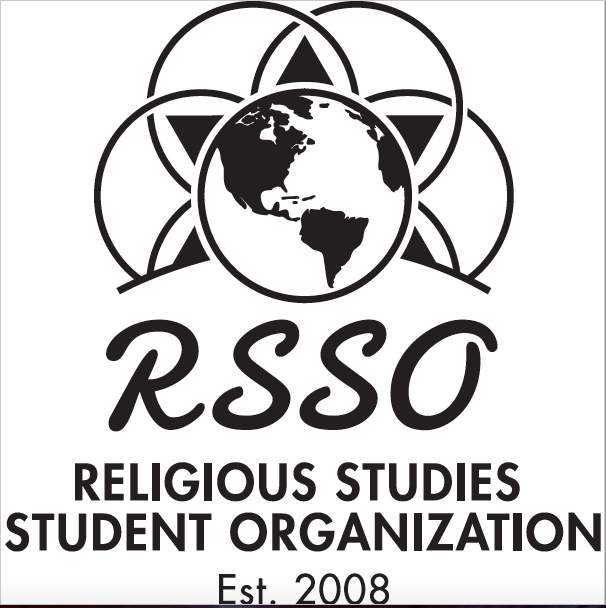Moderator
Dr. David DiValerio
Location
University of Wisconsin - Milwaukee
Start Date
12-4-2014 11:00 AM
End Date
12-4-2014 12:00 PM
Abstract
This paper seeks to showcase the importance of the Morija Archives and how best to make sure that these records are preserved in the best way possible. The Morija Archives were started by the first missionary to Masitise mission, Rev. Ellenberger (1835-1920). This valuable collection was preserved and augmented by several missionaries to Lesotho, most notably Rev. Albert Brutsch (1916-2004). The collection falls under the ownership of the Lesotho Evangelical Church (LEC), which was previously known as the Paris Evangelical Missionary Society (PEMS). The Archives hold material which forms part of the unique history of the Basotho nation. This treasure includes colonial records such as Blue books and other post-independence law and government reports, a wide range of manuscripts in the form of missionary correspondence, church registers, the first newspaper in Lesotho dating back to 1863 to date, called Leselinyana. There is also a wide collection of material in French, the most valuable being Journal des Missions Evangeliques, and a few books in German as well.
The Linguistic section of the Archives contains material in many other African languages that form links with the wider mission work in Africa, as well as books written in the local official language, Sesotho. There are millions of photographs, maps, several monographs, dealing with Lesotho scenery and mission work in general. The collection also contains information on the history of education, starting with articles in some PEMS mission journals, Basutoland Witness, growing into government ministerial reports. The collection contains the first hymnals introduced to the southern part of the African continent in the local Sesotho language, Lifela tsa Sione, composed by some missionaries, growing into other components of well-known Yoruba music, and elements of the most renowned Basotho composers of choral music such as J.P. Mohapeloa and others.
Preserving these Archives in all of their different formats is a difficult task, made harder by the fact that Lesotho is a technologically disadvantaged third world country. These factors work to make disseminating the Morija Archives to the Lesotho nation, its neighboring territories, the wider African Diaspora, and rest of the world more challenging.
The aim therefore, is to bring this precious heritage to date with most recent publications, not leaving out the most crucial element of preservation - the upgrading of the electronic systems that will stretch our horizons even further in light of ever expanding technology, in order to satisfy the demands of researchers worldwide and the public it serves.
A Technologically Disadvantaged Heritage: A Case Study of Morija Archives
University of Wisconsin - Milwaukee
This paper seeks to showcase the importance of the Morija Archives and how best to make sure that these records are preserved in the best way possible. The Morija Archives were started by the first missionary to Masitise mission, Rev. Ellenberger (1835-1920). This valuable collection was preserved and augmented by several missionaries to Lesotho, most notably Rev. Albert Brutsch (1916-2004). The collection falls under the ownership of the Lesotho Evangelical Church (LEC), which was previously known as the Paris Evangelical Missionary Society (PEMS). The Archives hold material which forms part of the unique history of the Basotho nation. This treasure includes colonial records such as Blue books and other post-independence law and government reports, a wide range of manuscripts in the form of missionary correspondence, church registers, the first newspaper in Lesotho dating back to 1863 to date, called Leselinyana. There is also a wide collection of material in French, the most valuable being Journal des Missions Evangeliques, and a few books in German as well.
The Linguistic section of the Archives contains material in many other African languages that form links with the wider mission work in Africa, as well as books written in the local official language, Sesotho. There are millions of photographs, maps, several monographs, dealing with Lesotho scenery and mission work in general. The collection also contains information on the history of education, starting with articles in some PEMS mission journals, Basutoland Witness, growing into government ministerial reports. The collection contains the first hymnals introduced to the southern part of the African continent in the local Sesotho language, Lifela tsa Sione, composed by some missionaries, growing into other components of well-known Yoruba music, and elements of the most renowned Basotho composers of choral music such as J.P. Mohapeloa and others.
Preserving these Archives in all of their different formats is a difficult task, made harder by the fact that Lesotho is a technologically disadvantaged third world country. These factors work to make disseminating the Morija Archives to the Lesotho nation, its neighboring territories, the wider African Diaspora, and rest of the world more challenging.
The aim therefore, is to bring this precious heritage to date with most recent publications, not leaving out the most crucial element of preservation - the upgrading of the electronic systems that will stretch our horizons even further in light of ever expanding technology, in order to satisfy the demands of researchers worldwide and the public it serves.

